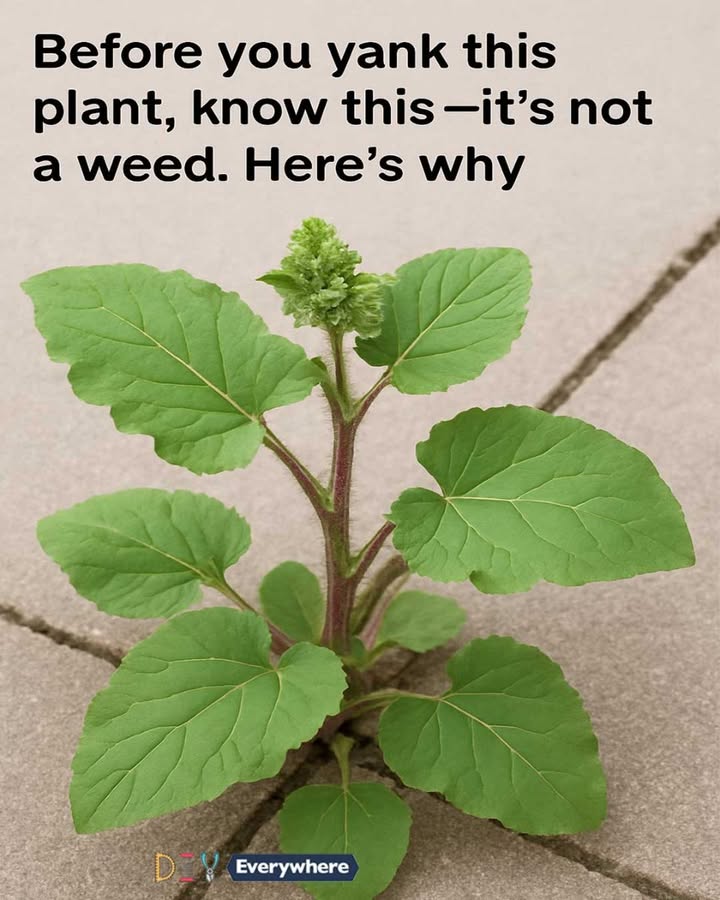7. Burdock as a Source of Nutrients
Burdock root is a rich source of dietary fiber, which aids in digestion and helps maintain healthy blood sugar levels. It is also high in inulin, a type of prebiotic fiber that promotes gut health by supporting the growth of beneficial bacteria. Additionally, burdock root contains vitamins and minerals such as vitamin C, vitamin E, potassium, and magnesium.
The nutritional profile of burdock makes it a valuable addition to a balanced diet, providing essential nutrients that support overall health and well-being.
8. The Role of Burdock in Biodiversity
Burdock contributes to biodiversity by providing food and habitat for a variety of species. Its flowers attract pollinators, while its seeds are a vital food source for birds and small mammals. The plant’s presence in an ecosystem supports a diverse range of life forms, contributing to the overall health and resilience of the environment.
By supporting a wide array of species, burdock plays a crucial role in maintaining ecological balance. Its ability to thrive in disturbed habitats makes it an important pioneer species, helping to restore and stabilize ecosystems.
9. Common Misconceptions About Burdock
One of the most common misconceptions about burdock is that it is an invasive weed that provides no benefits. While it is true that burdock can spread rapidly, it is not classified as an invasive species in most regions. Its presence in disturbed areas is often a sign of its role as a pioneer species, helping to heal and restore the land.
Another misconception is that burdock is toxic. In reality, burdock is safe to consume and has been used as a food source for centuries. While it is important to correctly identify the plant to avoid confusion with similar-looking toxic plants, burdock itself is not harmful.
10. How to Incorporate Burdock into Your Garden
Incorporating burdock into your garden can provide numerous benefits, from attracting pollinators to improving soil health. To grow burdock, choose a sunny spot with well-drained soil. Plant seeds in the spring, spacing them about 30 centimeters apart to allow for the plant’s large leaves.
Burdock requires minimal care once established. Water the plants regularly, especially during dry spells, and remove any competing weeds to give burdock the best chance to thrive. Harvest the roots in the fall of the first year or spring of the second year for the best flavor and nutritional value.
11. Protecting Native Plant Species: The Case for Burdock
While burdock is not native to all regions where it grows, it plays a valuable role in supporting local ecosystems. By providing food and habitat for native species, burdock helps maintain biodiversity and ecological balance. Its ability to thrive in disturbed areas makes it an important ally in land restoration efforts.
SEE NEXT PAGE
ADVERTISEMENT

